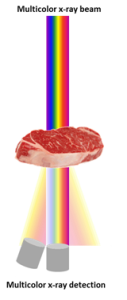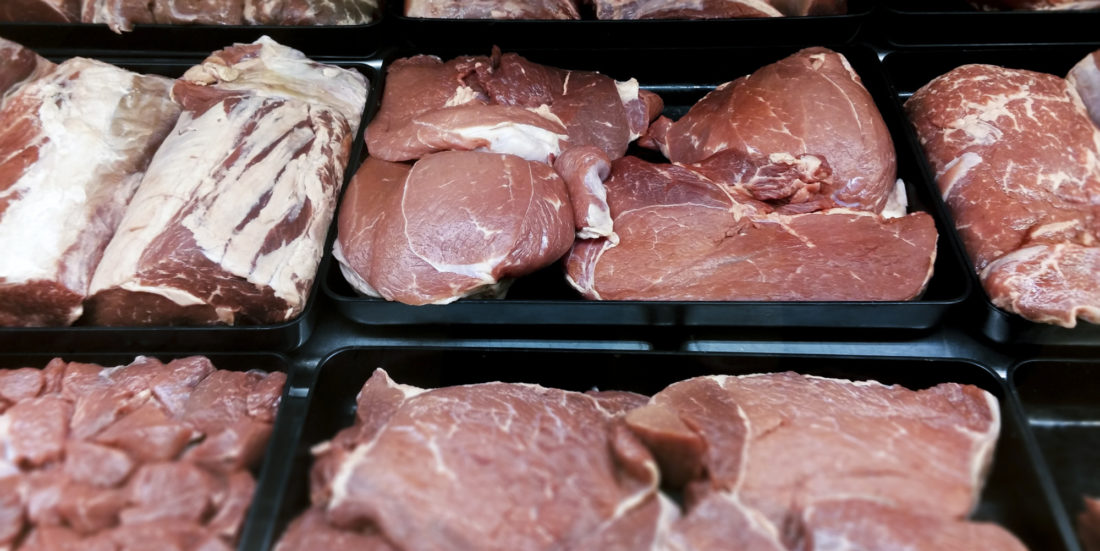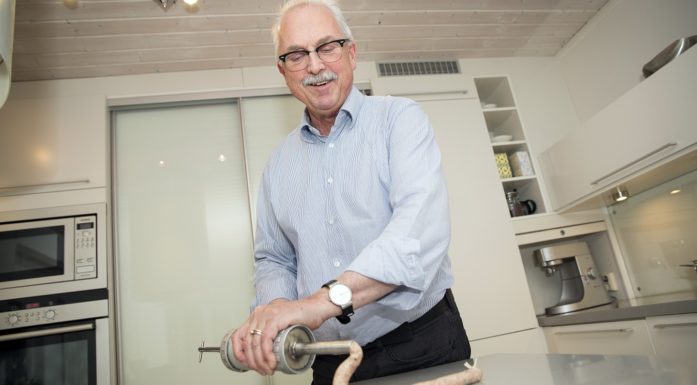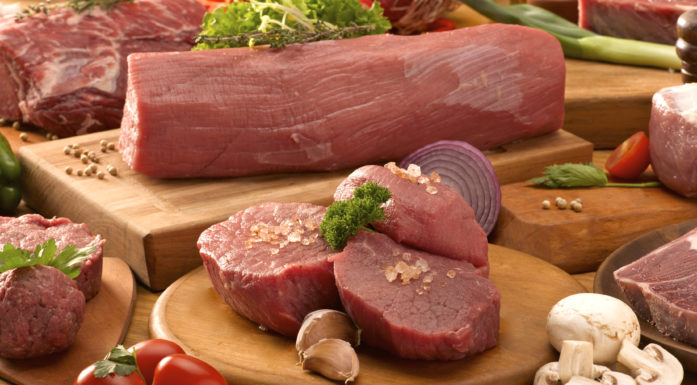X-ray scanning to guarantee meat tenderness
Consumers may soon have a guarantee for the quality of meat they’re paying for.
Have you ever bought an expensive steak for your evening meal only to be annoyed to find out that you’re chewing on stubborn gristle? Worry no more – change is just around the corner.
SINTEF has been working with Norwegian and international meat and equipment suppliers and research centres to develop systems for grading meat quality and guaranteeing food safety.
Three innovative sensor systems have been developed to measure tenderness, water bonding and activity, bacterial contamination, and the detection of foreign bodies in meat products.
FACTS:
• The Project 'Informed' is a user-driven innovation project (BIA) funded by the Research Council of Norway.
• The project partners are: Nortura (Project Owner), Animalia, Faccsa ProlongoSkala Maskon, Tomra, Hennessy Grading Systems, SINTEF, Liverpool John Moores University and the Norwegian University of Life Sciences.
• To date, the measurement approaches tested have been multi-energy x-ray imaging, mechanical power systems and microwave spectroscopy.
Low-energy x-rays
Packaged meat products can be found today on fresh food counters with labels declaring their level of tenderness and tenderisation process. However, the consumer has no guarantee of the veracity of these labels.
The food sector has launched an initiative to make sure that the meat it supplies is up to scratch. It wanted a project to measure tenderness.
“SINTEF has been involved for several years in projects involving x-ray methods and x-ray detectors, and has obtained know-how about their uses for a variety of purposes”, explain Marion O’Farell and Gregory Bouquet at SINTEF. “This time we’ve been using low-energy x-rays to measure tenderness and water bonding in meat”, they say.
In order to screen the structure of the meat, the new approach uses x-rays at energies that are lower than normal, and at different levels.

When x-rays go through an object, some of the radiations will be absorbed, some will be transmitted, and the last part will be scattered in different positions because of the interactions with atoms in the object. This reveals information about the structure of the object, for example connective tissues structure and muscle fibres. Ill.: SINTEF
When x-rays go through an object, some of the radiations will be absorbed, some will be transmitted, and the last part will be scattered in different positions because of the interaction with atoms in the object. This reveals information about the structure of the object, for example connective tissues structure and muscle fibres. Ill.: SINTEF
“This provides us with invaluable information about the tenderness of the meat”, says O’Farell. “The results show that it is possible to separate meat samples from the same muscle tissue into two or three different categories based on both tenderness and water bonding “, she says.
Moreover, many large-scale experiments have been carried out at Liverpool John Moores University in collaboration with the rest of the project group. The promising results for water activity and water bonding properties will be followed up so that the methods can be applied in the industry.
Prototype from Tomra
The company Tomra AS is best known for plastic recycling and bottle recognition, but it also has extensive experience with x-ray applications in the mining industry.
Based on the results from a project called ‘Informed’, Tomra has designed and built a prototype low-energy x-ray device for the foodstuffs industry with the aim of measuring the tenderness of meat and detecting the presence of unwanted plastic objects in meat products. The device is currently undergoing tests.
A win-win situation
“Consumers will soon be getting guarantees about the level of tenderness in the meat they buy”, says O’Farell. “A grading scale from 1 to 4 may be introduced”, she says.
Tenderness measurements may also allow suppliers to achieve better meat quality from other parts of the animal, and probably increase prices where quality can be guaranteed.




